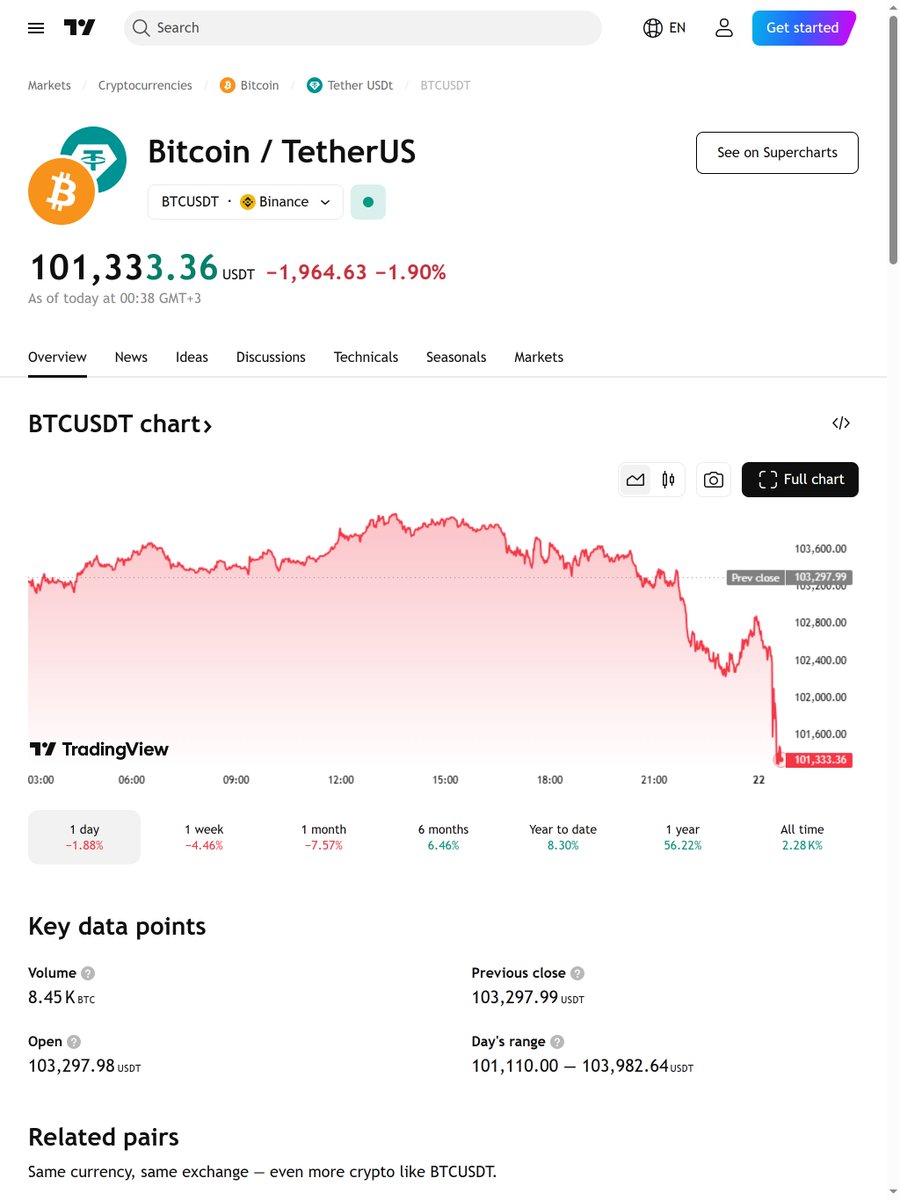The Bitcoin Blocksize War: A Retrospective on Corporate Influence and Technical Governance
The Spark of Conflict: The Blocksize Debate
Imagine a decentralized digital currency, Bitcoin, facing a contentious debate that threatened to divide its community. This was the reality in 2015 and 2016, when the Bitcoin world was consumed by the Blocksize War. At the heart of this conflict was a technical parameter: the block size. Bitcoin’s block size determines how much data can be included in a single block on the blockchain. As Bitcoin’s popularity grew, so did the demand for transactions, leading to a debate over whether to increase the block size to accommodate more transactions or to improve the efficiency of existing transactions.
The Players: Corporate Interests and Technical Visionaries
The Blocksize War was a clash of interests, with two main factions emerging: Bitcoin Core and Bitcoin Unlimited.
Bitcoin Core
Bitcoin Core, led by developers like Gavin Andresen and Wladimir van der Laan, advocated for a conservative approach. They believed in keeping the block size small to preserve Bitcoin’s decentralization and security. They proposed solutions like Segregated Witness (SegWit) and the Lightning Network to improve transaction capacity without increasing the block size.
Bitcoin Unlimited
Bitcoin Unlimited, backed by influential figures like Roger Ver and Jihan Wu, argued for increasing the block size. They believed that larger blocks would allow for more transactions, making Bitcoin more appealing to users and businesses. They saw the block size increase as a necessary step to scale Bitcoin and make it more competitive with traditional payment systems.
The Alleged Lobbying: Brian Armstrong and Coinbase
Amidst this heated debate, allegations surfaced about corporate influence, specifically from Brian Armstrong, the CEO of Coinbase, one of the largest cryptocurrency exchanges. Critics accused Armstrong of lobbying for a larger block size, allegedly driven by Coinbase’s corporate interests.
The Allegations
Samson Mow, the former chief strategy officer of Blockstream, tweeted a series of messages in March 2023, alleging that Armstrong had been pressuring Bitcoin Core developers to increase the block size. Mow claimed that Armstrong’s actions were driven by Coinbase’s desire to increase transaction fees, which would benefit the exchange’s mining pool.[1]
The Impact on Decentralization
If true, these allegations raise serious concerns about the influence of corporate interests on the technical governance of decentralized systems. Bitcoin was designed to be decentralized, with no single entity controlling the network. However, if corporate interests can influence technical decisions, it undermines this principle and could lead to a more centralized and less secure network.
The Technical Governance of Decentralized Systems
The Blocksize War highlighted the challenges of technical governance in decentralized systems. Unlike traditional systems, where decisions are made by a central authority, decentralized systems rely on consensus among a diverse group of stakeholders. This consensus-based approach is both a strength and a weakness, as it can lead to slow decision-making but also ensures that decisions are made in the best interest of the community.
The Role of Consensus
Consensus is the backbone of decentralized systems, ensuring that decisions are made collectively rather than by a single entity. However, achieving consensus can be challenging, especially when there are differing opinions and interests at play. The Blocksize War is a testament to this, as the community was deeply divided on the issue of block size.
The Challenges of Corporate Influence
Corporate influence in decentralized systems presents a unique set of challenges. On one hand, corporations can bring valuable resources and expertise to the table. On the other hand, their interests may not always align with those of the community, potentially leading to decisions that prioritize short-term gains over long-term sustainability.
The Resolution: The New York Agreement and SegWit2x
In May 2017, a group of influential figures in the Bitcoin world signed the New York Agreement, also known as SegWit2x. This agreement proposed a two-part solution to the Blocksize War: first, the activation of Segregated Witness (SegWit), a soft fork that would improve transaction capacity without increasing the block size. Second, a hard fork to increase the block size limit to 2 megabytes (MB) six months after SegWit’s activation.[2]
However, the SegWit2x agreement was controversial, with many in the Bitcoin community criticizing the lack of consensus and the rushed nature of the agreement. The proposed hard fork was ultimately abandoned, and SegWit was activated through a different process.
Conclusion: Lessons Learned and the Path Forward
The Bitcoin Blocksize War serves as a cautionary tale about the dangers of corporate influence in decentralized systems. It highlights the importance of open, transparent, and inclusive decision-making processes, and the need to balance the interests of different stakeholders.
As we look to the future of decentralized systems, we must strive to create a more transparent, accountable, and community-driven approach to technical governance. This will not only ensure the long-term sustainability of decentralized systems but also maintain the trust and confidence of users.





